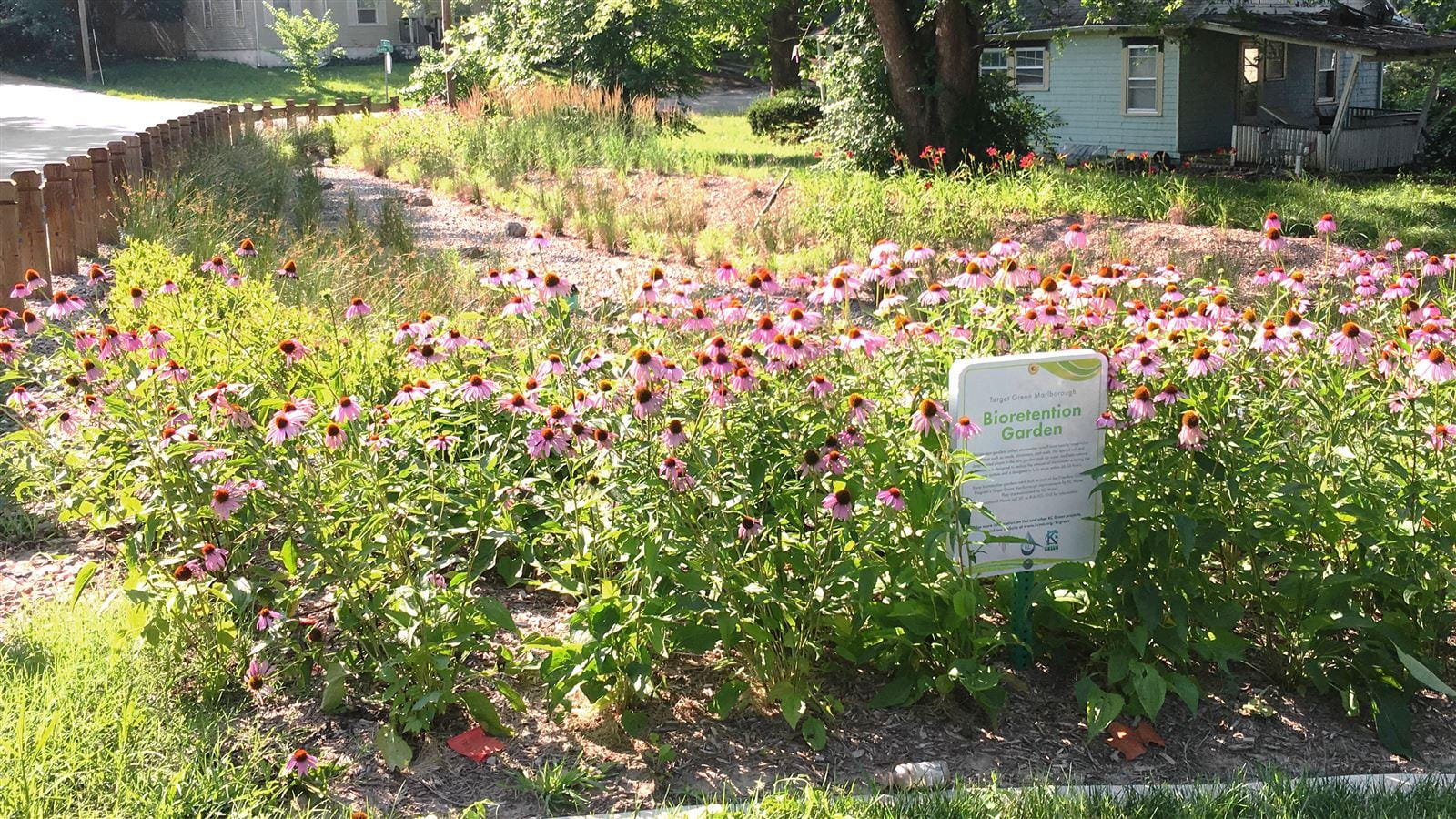3 Tips for Recreating Natural Resiliency with Green Corridors
Green infrastructure and Complete Corridors are two complementary approaches in urban planning that, when integrated, create more sustainable and resilient communities. This focus on green corridors, says climate resilience expert Seth Nehrke, transforms “the standard big, gray infrastructure projects into community amenities” with multi-pronged ancillary benefits.
Nehrke and Jessica Stanton, a hazard mitigation specialist at CDM Smith, are focused on finding cost-effective solutions to infrastructure problems that affect everyone’s daily lives—while simultaneously pushing clients to incorporate big-picture strategies that meet the challenges of today and protect future generations.
For some, that might mean making the switch to porous pavement during a scheduled roadway repair to help reduce flooding while promoting enhanced mobility. For others, it’s creating a sense of place in the community by incorporating a walking path and bioswales around a stormwater pond as a city looks to rebuild after the latest flood event.
We’ve compiled these experts’ advice for boosting natural resiliency with green corridors. Check it out.
1. Start Simple
Nehrke and Stanton agree that while this approach to “green” a corridor is one of the most effective conceptually, communities often struggle to get started. Their advice? Plant a tree.
“Sometimes the best solution isn’t the one that requires the biggest investment or the flashiest new technology. One of the simplest, most elegant solutions is to plant a tree. It’s been proven to be the most cost-effective decision you can make. It single-handedly improves air quality, reduces heat buildup on roadway surfaces, helps with water uptake, improves aesthetics and enhances community vitality,” he explains.
Stanton adds one of the primary benefits of green solutions is that they get better over time when properly maintained, providing additional benefits as they mature.
2. Consider the Value-Add
While today’s infrastructure challenges are compounded by the effects of climate change and funding strains, improvement plans via a complete corridors approach work to fix as many problems with as little disruption to the public as possible. Green infrastructure elements act as “icing on the cake” for communities aiming to provide public amenities that translate into a meaningful return on investment for forward-thinking cities.
“We get the privilege to work on a vast array of capital improvement projects—always with the public interest in mind—making things better, safer, more resilient to future climate change. We want to make sure that the solutions we put forth now address the problems of today but are also capable of acting as building blocks for the solutions of tomorrow,” Nehrke explains.
3. Incorporate the Community from Day One
“A key to long-term success for any project is getting public support—making sure that the communities that the project serves have a seat at the table and that the design aligns with how people are using the land and what they value as a community,” says Stanton.
It’s tempting to evaluate a project area and immediately think you know what solution to implement. But if you skip that outreach step, you might be missing crucial information that can make or break the ultimate success of your project plan.
Nehrke echoes this sentiment: “We make it as seamless as we can for the community from day one. By coordinating all these different pieces of the infrastructure world, we’re able to incorporate different disciplines into the solution to disturb the public as little as possible,” ultimately using knowledge that we've gained to continue to improve engineering approaches over time.
Seth Talks Green Corridors and Digging Once

Sometimes the best solution isn’t the one that requires the biggest investment or the flashiest new technology.

A key to long-term success for any project is getting public support—making sure that the communities have a seat at the table and that the project aligns with how people are using the land.












